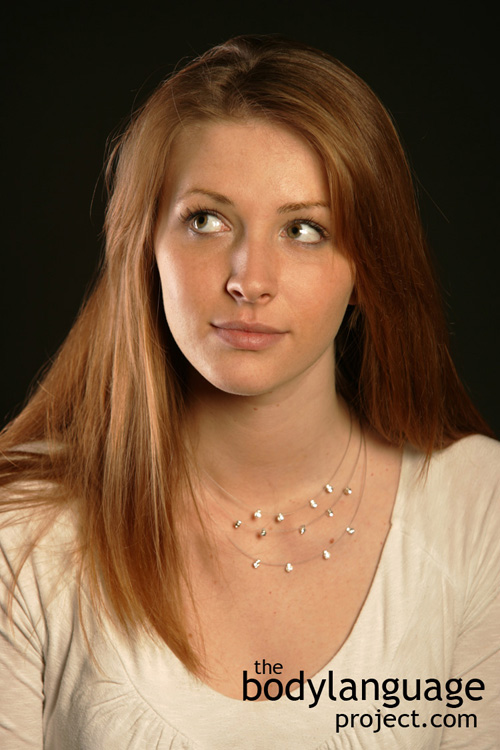Proper mirroring is far from the game we play as children. The goal of kid’s is to irritate their opponent with exact copying of gestures even expressions and word, whereas the goal of adults is to formulate agreement and rapport. In adults, necessarily, more subtle mirroring must follow. In the experiments listed above, the researchers set to mirror only those actions which occur subconsciously, those that happen out of normal awareness. Movements such as foot shaking, body scratching, face or hair touching or changes in posture are good ways to start the mirroring process. Your goal should always be to avoid getting caught consciously mirroring someone else since being detected will create negative feelings more so than if no mirroring was done at all. Motions such as leaning in, crossing legs and folding arms can also be used, but must be done with caution since these are much larger motions and can be more easily detected.
Echoing which is like mirroring where similar body postures are replicated, but of which happen sometime later, is a technique that makes the rapport building process more subtle. In echoing, postures and gestures are not concurrent with what is going on with others, but instead happen after some time has elapsed. To be effective, echoing happens within thirty seconds to a minute of separation, but can even happen with several minutes of separation, where only subtle rapport is felt.
Where body positions are fluent, yet echoed, and bodies seem to jive as if in an elaborate dance and where conversation flows smoothly we find “total synchrony.” We say that these people are on the same “wavelength.”
Some ways we mirror with our bodies:
[A] Shifting weight from one foot to the other foot or keeping the weight on the same foot.
[B] Leaning on a bar top or up against a wall or other structure.
[C] Crossing the legs in the same direction or opposite direction when facing each other.
[D] Keeping the legs uncrossed.
[E] Gesturing with the hands similarly.
[F] Drinking in unison or holding drinks with the same hand.
[G] Placing both hands, or just one hand, on the hips.
[H] Leaning in, or leaning out.




